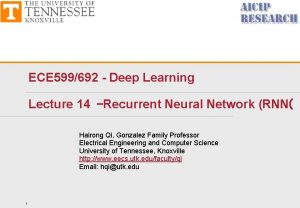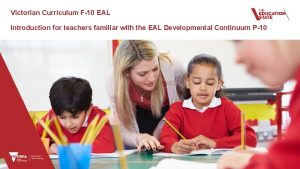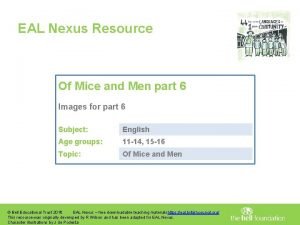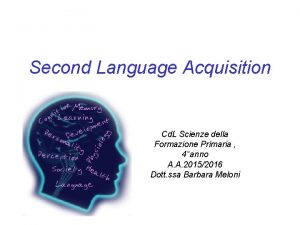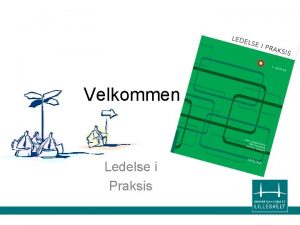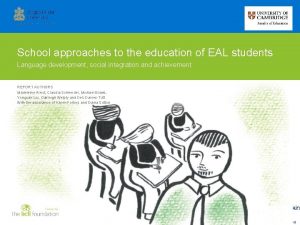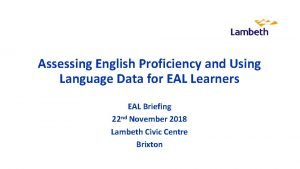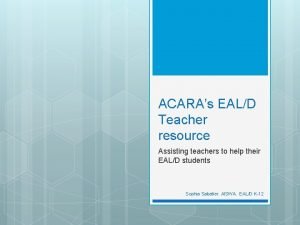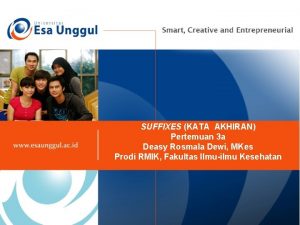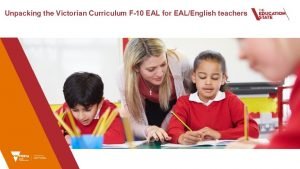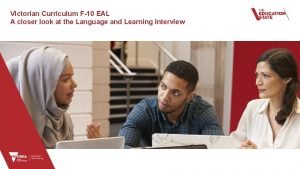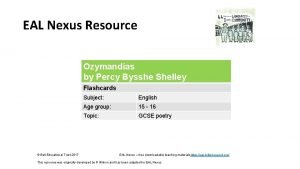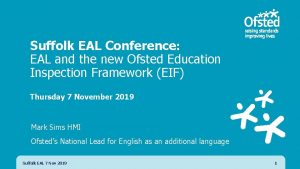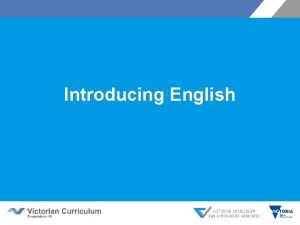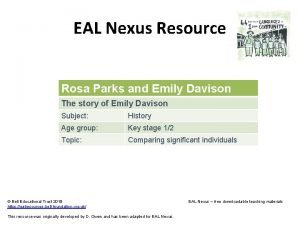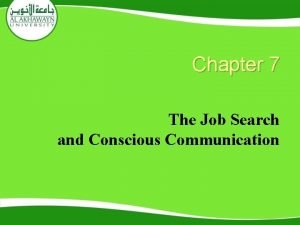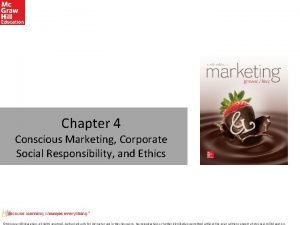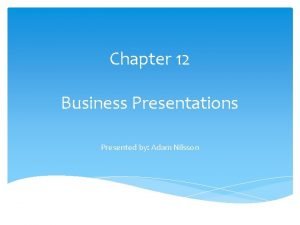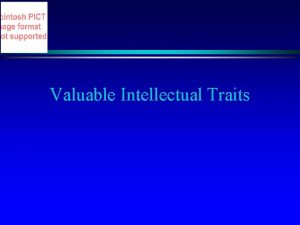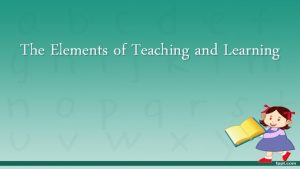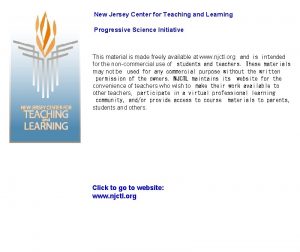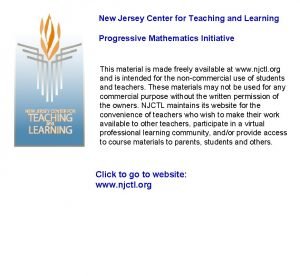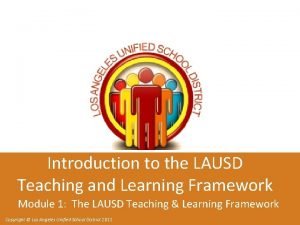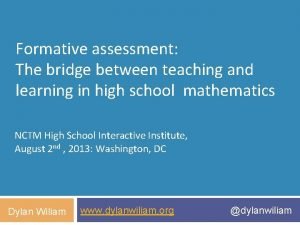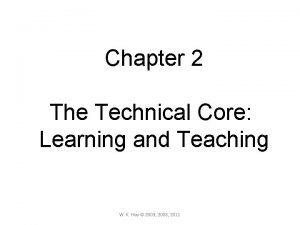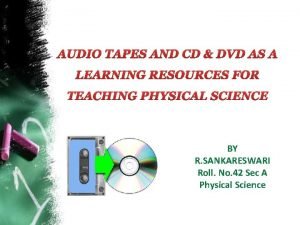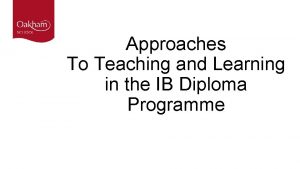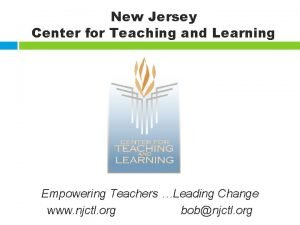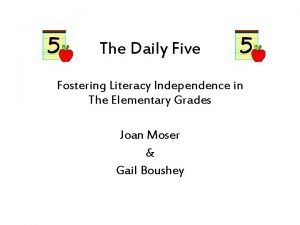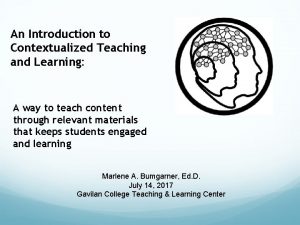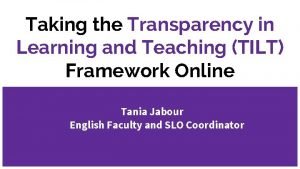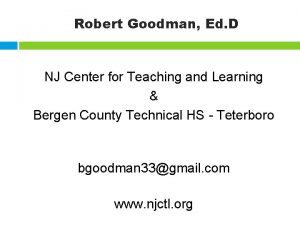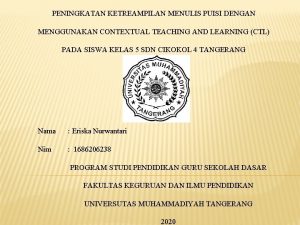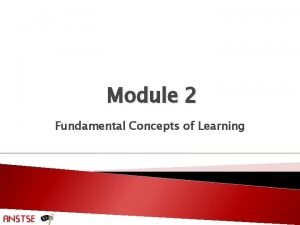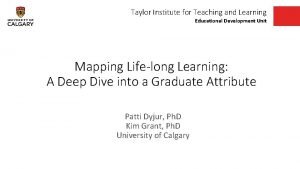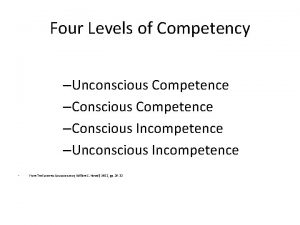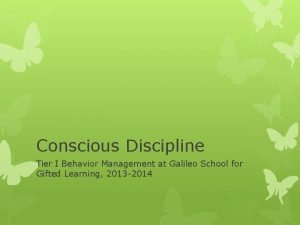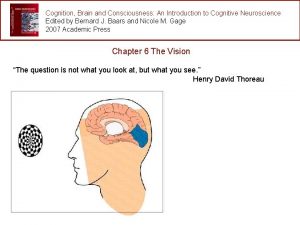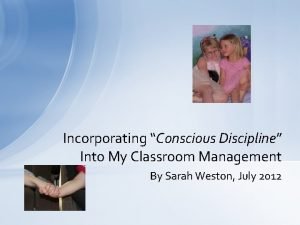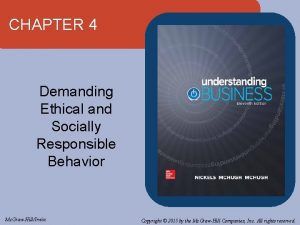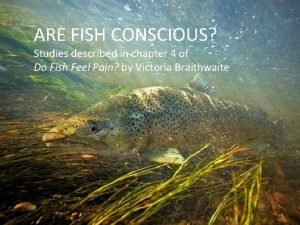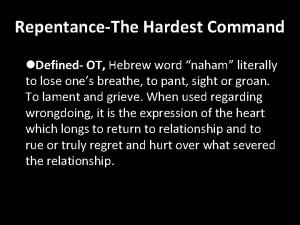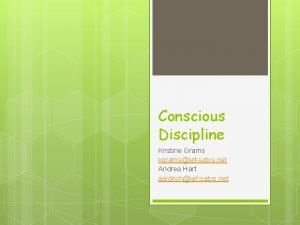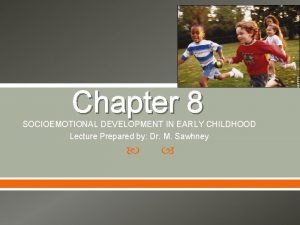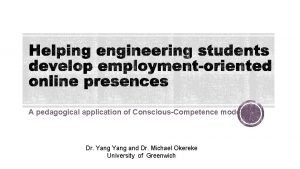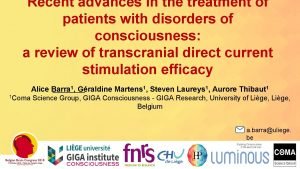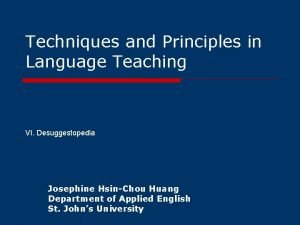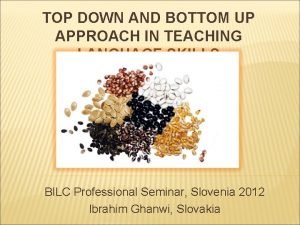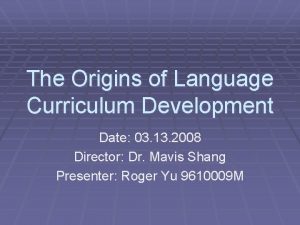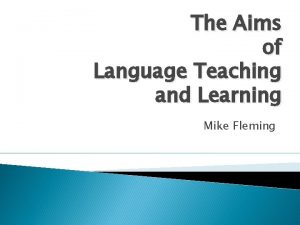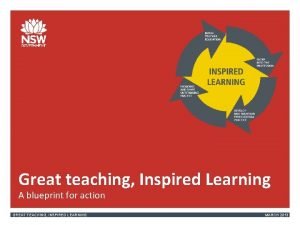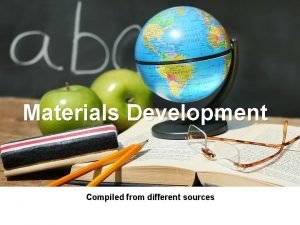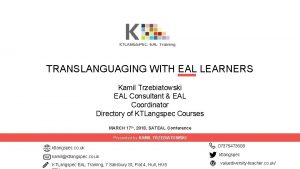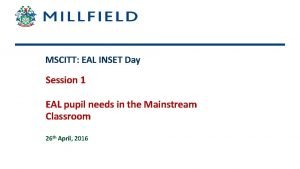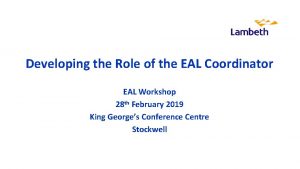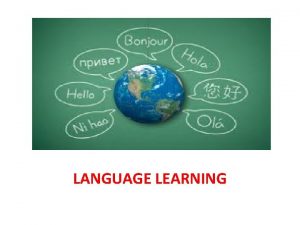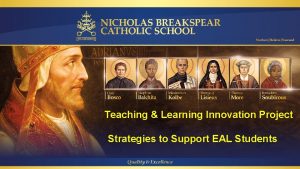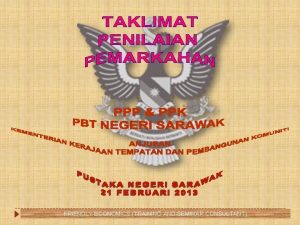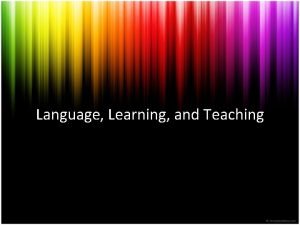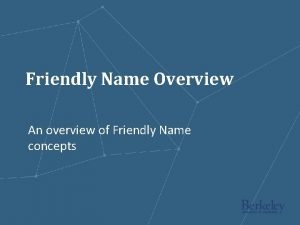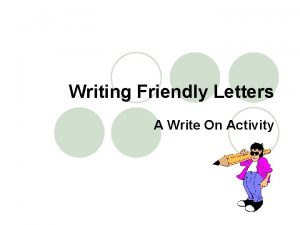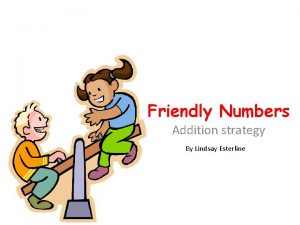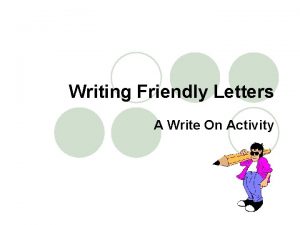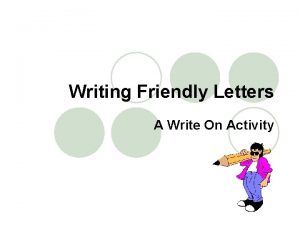EAL Friendly and Language Conscious Teaching and Learning




































































- Slides: 68

EAL Friendly and Language Conscious Teaching and Learning. University of Sussex 17 th April 2015 www. collaborativelearning. org/sussex. html www. joinedinthinking. org. uk stuart. scott@collaborativelearning. org

A Key Visual: Balancing the needs of Learners

Classroom Practice that is EAL friendly • Build on prior knowledge • Move from concrete to abstract • Ensure everyone works with everyone else • Extend social language into curriculum language • Provide motivating ways to go over the same thing more than once

• You are going to receive a card. • Read it and memorise some of the information. • Find ONE OTHER PERSON in the room with EXACTLY THE SAME COLOUR CARD as you. • In turn introduce yourself as the character on the card to the other person. You can refer to the card but don’t just read it. Try to do this without lookjng at the card as much as possible. • When you have both done this go to find the other two people in the room with EXACTLY THE SAME COLOUR CARDS as you. • Now pairs take turns to introduce EACH OTHER to the other pair. • Now the four of you please sit down at a table. You will be working with each other for the rest of the session.

Collaborative Learning: Low cost. A lot of research evidence. 5 months added


Links to Research Currently being updated and extended! Sutton Trust Education Endowment Foundation Learning Without Limits Dialogic Teaching www. collaborativelearning. org/research. html www. collaborativelearning. org/bibliography. html

What constitutes a EAL Friendly classroom? • Social Relations - empowerment • Language – exploratory talk • Learning – curriculum access

Some Key Concepts For Teachers • • Pedagogy Settings Teaching of language structures Providing opportunities for exploratory language • What is EAL Friendly? • What is Language Conscious?

What constitutes an EAL Friendly classroom? • Social Relations - empowerment • Language – exploratory talk • Learning – curriculum access

Paolo Freire Lev Vygotsky

A graphic organiser/keyvisual representation of the relationship between language and thought.

“When children learn language they are not simply engaging in one type of learning among many, rather, they are learning the foundations of learning itself” (Michael Halliday)

Role of teacher • Hands off facilitator? Active pupils - passive teacher? • Teller or transmitter of knowledge? Active teacher – passive pupils? • Pupil engagement and teacher intervention – principally through the medium of talk

Brain research • Up to age of 11 brain is 150% more active in acquiring language. • The act of talking and thinking increases the number of connections and cells that build the brain. • Talk fuels brain development. Research summed up in Robin Alexander’s “Towards Dialogic Teaching; Rethinking Classroom Talk”

• Presentational talk • Exploratory talk • Symmetrical talk • Asymmetrical talk

Whole class discussion: example 1 Teacher: OK. Looking at the text now I want you please to tell me what tense the first paragraph is in. Girl: The past tense. Teacher: Yes it’s in the past tense. How do you know it’s in the past tense? Girl: Because it says August 1990. Teacher: You know by the date it’s in the past tense, but you know by something else you know, you know by the doing words in the text that change. What’s a doing word? What do we call a doing word David? David: A verb. Teacher: A verb good. Will you give me one verb please out of this first paragraph. Find one verb in this paragraph. Stephen? Stephen: Rescued. Teacher: Rescued, excellent and that’s in the past tense. (Hardman, 2007) 84% of Classroom talk is asymmetrical.

Whole class discussion: example 2 Teacher: Who has a question? Susan: How many spiders can fit in a cage? Reggie: It didn't tell. Susan: Yes it did. Justin: Reggie doesn't think it told us. Susan: Charlie? Charlie: About ten or so. Susan: Mara? Mara: Ten to twenty. Teacher: Ten to twenty. Daryl…what question would you ask? Daryl: If you came by and looked, if you looked in the Daddy Long Legs cage, what would the Daddy-long-legs do? Justin?

Teacher – Pupil communication • Teachers may be doing most of the talking. • Questions are closed. • Rather than think through a concept children are spotting the ‘correct’ answer. • Cognitively restricting rituals. • Low cognitive demand. • Bland all purpose praise rather than informative feedback.

Research has shown that putting children into groups and leaving them to solve problems by themselves is not enough to ensure that they will use cooperation and dialogue to good effect.

Yet research has also confirmed Douglas Barnes’ earlier conviction that talk amongst pupils can make an important contribution to their learning.

Collaborative learning activities provide scaffolding to ensure that the children talk about what we want them to talk about, but they can also construct new meanings through using exploratory talk.

Most politicians Paolo Freire Lev Vygotsky

Lev Vygotsky and Paolo Freire The construction of knowledge is a social process Thinking takes place not in someone’s head, but rather stretched between two human beings. The teacher learns from the learner while the learner learns from the teacher.

A graphic organiser/keyvisual representation of the relationship between first and second (or third) languages

English as an Additional Language • Pupils live in country of language (lots of opportunities to hear and practice) • Education and peer relationships conducted in language (lots of pressure and immediate benefit to learning) • Language learning goals co-exist with curriculum content goals • Priority to develop “academic” language

English as an Additional Language Good practice = ü Content made clear with concrete examples ü Content presents curriculum challenge ü Language structured and made accessible ü Opportunities to practice through interactive activities ü Good role models ü Lots of repetition

• Pupils live in a different country from language (few opportunities to hear and practice) • Education and peer relationships conducted in first language (little pressure to learn language / may not perceive benefit to learning as it may be long term and distant) • Language learning goals are sole aim of lesson • Priority is fluency in social language English as a Foreign Language

Good practice = ü Language structured and made accessible ü Good role models ü Opportunities to practice through interactive activities ü Lots of repetition English as a Foreign Language

EAL Content and Language Integrated Learning EFL • Pupils live in a different country from language (few opportunities to hear and practice) • Education and peer relationships conducted in first language (little pressure may not perceive benefit to learning as it may be long term and distant) • Language learning goals co-exist with curriculum content goals

EAL Content and Language Integrated Learning EFL Good practice = ü Content made clear with concrete examples ü Content presents curriculum challenge ü Language structured and made accessible ü Good role models ü Opportunities to practice through interactive activities ü Lots of repetition


Classroom Practice that is EAL friendly • Build on prior knowledge • Move from concrete to abstract • Ensure everyone works with everyone else • Extend social language into curriculum language • Provide motivating ways to go over the same thing more than once

Classroom Practice Construction of new meanings • Opportunities to revisit learning in attractive ways • Templates for pupils to develop their own activities • Scaffolds talk at all levels simultaneously • Provides tasks that model thinking processes • Transformation of information

• You are going to receive a small coloured card. • Read it and memorise some of this information. • Find ONE OTHER PERSON in the room with EXACTLY THE SAME COLOUR CARD as you. • In turn, introduce yourself as the character on the card to the other person. You can refer to the card but don’t just read it. Try to do this without looking at the card as much as possible. • When you have both done this go to find TWO other people in the room with EXACTLY THE SAME COLOUR CARDS as you. • Now pairs take turns to introduce EACH OTHER (not yourselves!) to the other pair.

Making an activity • Curriculum goal To understand how much a Roman soldier had to carry. To learn technical terms for equipment used by Roman soldiers. To develop empathy with characters in the past.


Making an EAL friendly activity • Provide pictures and labels • Provide a sorting grid to organise ideas • Add in a game element to re-inforce and practice. • Once pupils have a grid a game can be played where a spinner is turned each section corresponds to a grid section and items are added one by one. First to be ‘ready’ is the winner.

Let Me Introduce How does it work? 1. Pupils read a role card and try to become card independent by memorising some information. 2. Pupils find one person with the same colour card. 3. Each one introduces themselves “I am…. . ” 4. The pair then finds another pair – now they introduce their partner so it is no longer “I am” but has become “This is …… they…. ” in pupils’ own words.

Let Me Introduce Why does it work? • Opportunities to deliver curriculum content • Practice in reading >. • Process of listen>understand/think> construct speech in own words. • Communication and interaction is integral. • Opportunity to work with many others. • Possible application across many topics/subjects at all ages from Y 2 up.

What is a Visual Organiser • A visual organiser or key visual is a diagrammatic way of organising and presenting an idea. • It is not a photograph or illustration. • Examples first C L I L EFL next Self esteem belonging ds ee caterpillar e n chrysalis ng s ed ua g egg ne ng butterfly i arn Le Basic needs La EAL then social needs

Visual organisers for classifying Venn Diagrams(i) To show a whole set and a subset Venn Diagrams (ii) To show concepts and connection where items are - a - both -neither Tree Diagram Classify words and show relationships Key To divide information using yes/no answers Carroll diagram To classify information using two sets of criteria Quadrant To show connections between two sets of concepts

Sorting cards onto a visual organiser. Why it works • • • Opportunities to explore vocabulary. Practice in explaining concepts. Opportunities to expand mental models. Visual organisers structure thinking. You can reinforce the organisers with games.

Barrier games • Barrier games are games where one person (or pair) has half the information and the other person (or pair) has the other half. • Complete information sets can be obtained by asking questions or by passing on information. Familiar informal examples would be battleships. The deduction game “ 20 questions” is also related.

Barrier Games Why do they work? • Opportunities to deliver curriculum content • Practice in reading or interpreting data. • Practice in questioning. • Communication and interaction is integral. • All must participate • Possible application across many topics/subjects.

Make your own Work in 2’s on grid with six squares. Decide on a content. Add information to half the squares on your grid. Add information to the corresponding empty squares on your partners grid. Now swap your new barrier game with another pair and try them out.

Clue cards to make experts • In this variation pupils work as a group. Each person has some information which is essential. • The group then work together to complete a joint task. Examples “Indus Valley“ ”The Wilsons” “What Can You Grow? ”

Information gaps / Expert groups Pupils work in a group to understand some information. They are then regrouped to work with pupils who have learnt something else. Each new group should have a complete set of information by the end. Jigsawing a term used to describe the grouping and regrouping.

Information gaps / Expert groups /Jigsawing Why do they work? • • • Opportunities to read/ listen/ talk All pupils must participate Learning is carried and recalled to support embedding Opportunities to differentiate Easy to organise All pupils have their own set of complete information to support subject knowledge tasks.

Odd one out • a potentially useful activity Barrier Game Connect 4 Let me introduce • Which is the odd one out and why? • For different reasons they all can be!

How are activities planned? • What do we want the children to know? • What kinds of thinking do we hope they will practice? • What kinds of language do they need? Necessary language and potential language? • What key visuals best produce thinking and the language? • Can we make our activity sociable?

A list of different kinds of thinking demands Classifying-Comparing-Contrasting-Defining-Describing. Estimating-Evaluating-Explaining-Formulating hypotheses. Generalising-Inferring-Interpreting data-Judging-Justifying opinions-Labelling-Measuring-Noting a process-Ordering chronologically-Ordering spatially-Predicting-Problem solving. Rank ordering-Recommending-Testing hypotheses. Understanding and applying cause and effect-Understanding and applying rules and strategies Too many to help planning but they can be reduced to…….

Too many to help planning but they can be reduced to……. classifying describing sequencing reasoning justifying an opinion decision making

Reduced to six key thinking skills. Planning on this grid can ensure that your lessons include different kinds of thinking and consequently a range of language structures

Different thinking needs different visual organisers and different visual organisers generate different language structures. Here is an example from geology.



Language Conscious Teaching It is essentially in the discourse between teacher and pupils that education is done, or fails to be done. (Edwards and Mercer 1987) When teachers go out of their way to avoid offering to pupils help in making sense of experiences. . . the consequence may be that the usefulness of the experience is lost. (Edwards and Mercer 1987)

Oracy The way we speak changes the way we think. We need to model speech that moves away from everyday language towards academic (curriculum) language Escaping from IRF Pose Pause Pounce Bounce


Classroom Practice Language Conscious Teaching • Recasting by the teacher • Talking about the talk, making the new register explicit • Reminding and handing over • Unpacking written language • Mode shifting “talking the writing”

Classroom Practice Principle of Redundancy – practising prolepsis not ellipsis!

Classroom Practice Language Conscious Teaching • • • Reviewing process Engagement in teacher instructions Collaborating with peers Talking as a expert Extended dialogue with teacher or experiencing teacher to teacher dialogue • Reconsidering how things are said/expressed • Talking about talk and how we learn

What are students doing when they are engaged in intellectually challenging learning?

Students transform what they have learned into a different form when they have to present it to a new audience.

Students shift between concrete knowledge and abstract theoretical knowledge

Pupils learned about language while using language. They were treated not as the people they were, but as the people they could become.

Everything you have seen today! www. collaborativelearning. org/sussex. html
 Cuadro comparativo de e-learning
Cuadro comparativo de e-learning A friendly introduction to machine learning
A friendly introduction to machine learning Eal curriculum scope and sequence
Eal curriculum scope and sequence Of mice and men eal
Of mice and men eal Definition of microteaching
Definition of microteaching What is the language in
What is the language in Ledelse i praksis erhvervscase
Ledelse i praksis erhvervscase School approaches to the education of eal students
School approaches to the education of eal students Eal proficiency assessment
Eal proficiency assessment Acara eal/d
Acara eal/d Rrhexis
Rrhexis Fronter eal
Fronter eal Windows eal
Windows eal Eal curriculum victoria
Eal curriculum victoria Eal victorian curriculum
Eal victorian curriculum Eal nexus
Eal nexus Eal animal
Eal animal Eal awards
Eal awards Ofsted eal
Ofsted eal Victorian curriculum eal
Victorian curriculum eal Eal proficiency assessment
Eal proficiency assessment Eal nexus
Eal nexus Eal nexus
Eal nexus Acquisition vs learning
Acquisition vs learning The good job search and conscious communication
The good job search and conscious communication Your conscious awareness of your own name
Your conscious awareness of your own name Conscious marketing vs csr
Conscious marketing vs csr Good organization and conscious repetition
Good organization and conscious repetition Intellectual traits
Intellectual traits Fundamental equipment of the learner
Fundamental equipment of the learner New jersey center for teaching and learning
New jersey center for teaching and learning How many total squares are there
How many total squares are there The guiding principles for teaching and learning mtb-mle
The guiding principles for teaching and learning mtb-mle Teaching learning framework lausd
Teaching learning framework lausd Assessment: the bridge between teaching and learning
Assessment: the bridge between teaching and learning Technical core teaching and learning
Technical core teaching and learning Advantages of tape recorder in teaching and learning
Advantages of tape recorder in teaching and learning Ib approaches to teaching and learning
Ib approaches to teaching and learning Www.njctl.org answer key
Www.njctl.org answer key 10 steps to teaching and learning independence
10 steps to teaching and learning independence Disadvantage of assure model
Disadvantage of assure model What is contextualized learning
What is contextualized learning Transparency in learning and teaching
Transparency in learning and teaching Nj center for teaching and learning
Nj center for teaching and learning Contextual teaching and learning
Contextual teaching and learning Learning preferences
Learning preferences Taylor institute for teaching and learning
Taylor institute for teaching and learning Conscious bias
Conscious bias Conscious proprioception
Conscious proprioception Conscious bias
Conscious bias Conscious incompetence model
Conscious incompetence model Conscious discipline brain model
Conscious discipline brain model Conscious discipline brain model
Conscious discipline brain model Consciousness
Consciousness Unconscious proprioception
Unconscious proprioception Conscious discipline breathing strategies
Conscious discipline breathing strategies Socially conscious research organizations
Socially conscious research organizations Are fish conscious
Are fish conscious Conscious decision
Conscious decision Conscious discipline composure
Conscious discipline composure Conscious emotions
Conscious emotions Howell, 1982 conscious competence model
Howell, 1982 conscious competence model Minimally conscious state
Minimally conscious state Desuggestopedia principles
Desuggestopedia principles Top down teaching
Top down teaching Selection and gradation
Selection and gradation Aims of language
Aims of language Great teaching inspired learning
Great teaching inspired learning Development of teaching learning materials
Development of teaching learning materials

